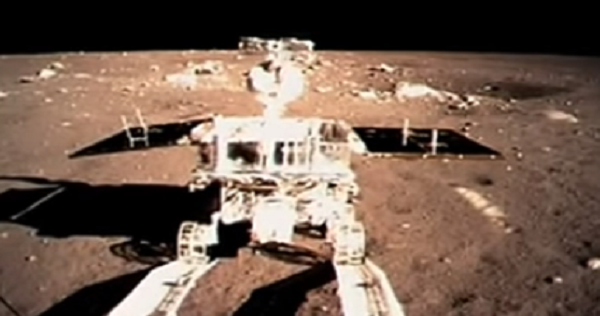
What science and the science fiction community assumed with cautious optimism and eternal hope finally came into fruition, after decades of speculation, as researchers confirmed the existence of deposits of water on the moon.
In a true gift to the legacy of Rudyard Kipling, an Indian research vessel launched in 2008 on a surveying mission of the closest celestial body to earth, identified three separate sources of ice in the frigid polar regions, reports the BBC, areas that never see the light of the sun.
With China already in the planning stages of a manned lunar mission, is the game officially on in claiming the precious resource that could have major ramifications for the future of prolonged exhibitions or the establishment of a permanent moon base? The bureaucratic tendencies of NASA notwithstanding, the next decade should be quite intriguing as the push for exploration and the possible commercial viability of deep space lead to logarithmic development of technologies.
Drones, rovers, rockets, and nano devices- at least the intrepid drive for off-world infrastructure should provide a suitable distraction against the growing societal chasm of opposing ideologies and the existence of entitlement facilitated by affirmative action.
Read the BBC article here.
WATCH: Will This Ever Be Reality
